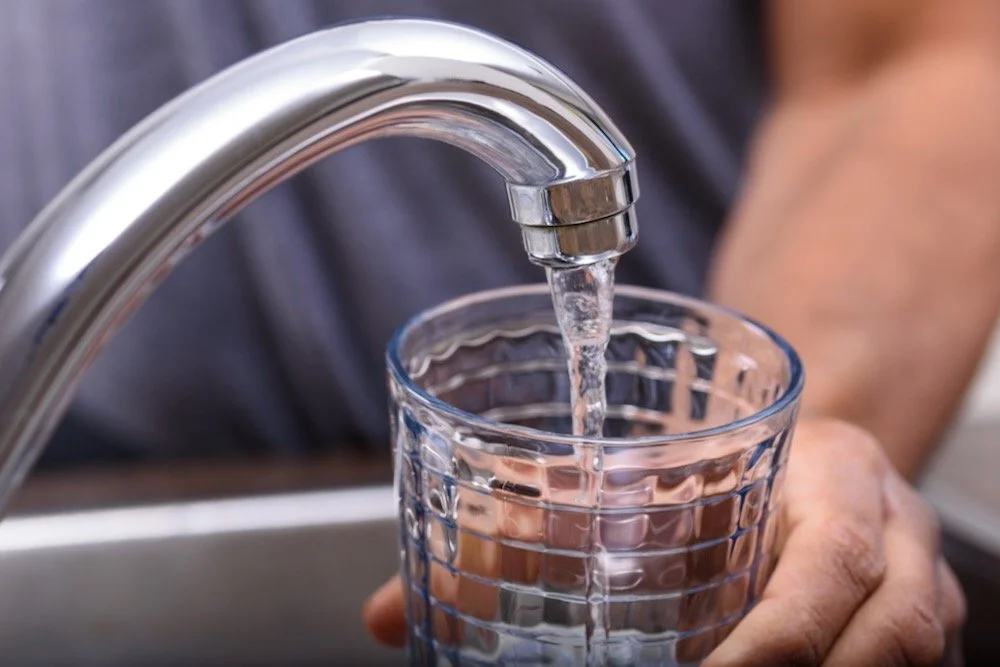The project will include the construction of a raw-water line to treat groundwater in Osoyoos, which is not currently treated and is high in manganese. The province said these upgrades will allow the water to be properly disinfected with chlorine and ultraviolet systems. The upgrades are expected to meet the Guidelines of Canadian Drinking Water Quality and Interior Health’s drinking water standards.
UBCO's water safety study
The water quality assessment technique considers all possible contaminants simultaneously while testing the water’s quality. The new procedure can compare water samples with hundreds of baselines, not just a few as is common today, to ensure water quality. “Our new technique provides decision-makers with important metrics to ensure their systems address unforeseen issues,” says Dr. Mian.
Manitoba cautions on manganese in well water
A significant number of wells in Manitoba may be carrying water with manganese levels well above new health standards, particularly for infants. The province on May 3 issued an advisory for owners of private wells that their water “may exceed a new health-based guideline” for the trace element. The element occurs naturally, and commonly, in well water throughout Canada. It’s often associated with discoloured (that is, brown or blackish) water, which can stain laundry and/or plumbing fixtures, and which some well owners deal with through water treatment.
Leduc launches voluntary residential water sampling campaign
The City of Leduc has implemented a Lead Management program to support the continued health and safety of residents. It is also part of a provincial requirement to ensure compliance with the lead level limit outlined in Health Canada’s Guidelines for Canadian Drinking Water Quality, which were updated in 2019. Leduc’s drinking water is safe and clean. This program is purely precautionary, and is required of all municipalities in Alberta. Health Canada has lowered the Maximum Acceptable Concentration (MAC) of lead in drinking water by 50 per cent, from 10 to 5 parts per billion (PPB), and changed the location of where compliance must be met from the system’s point of distribution to the customer’s tap.
Canada just cut the amount of lead allowed in water in half — here's what it means
For the first time almost three decades, Health Canada has updated its guideline for lead in drinking water — cutting the acceptable concentration of the metal in half. The decision is based on the latest science, according to the government body, which worked with the provinces and territories to reduce the maximum acceptable concentration from 0.01 mg/L, set in 1992, to 0.005 mg/L.






